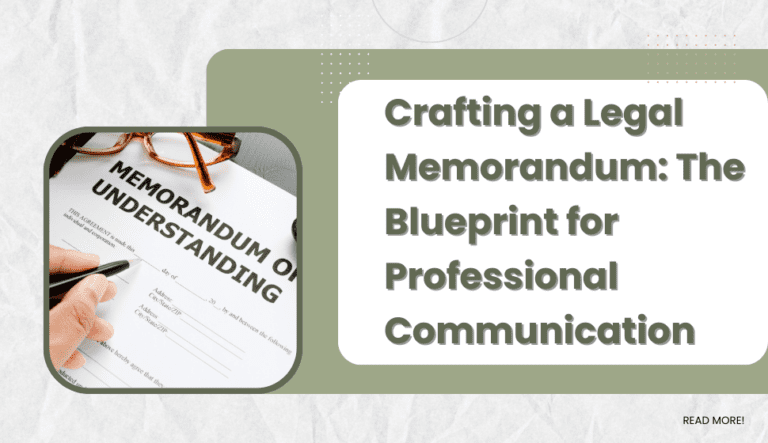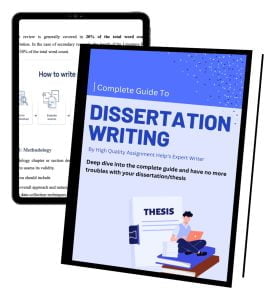Introduction
A legal memorandum, usually referred to as a legal memo, is a document used by attorneys to research, analyze, and advise clients on legal matters. As it enables them to evaluate and research pertinent case law, look into facts, analyze those facts under the law, and objectively judge the likely conclusion of a situation, it is a crucial ability for law students and practicing attorneys. We’ll go over a legal memorandum’s headline, query, succinct response, factual statement, discussion, and conclusion in this blog post.
What is a Legal Memorandum?
A legal memorandum, or legal memo for short, is a piece of writing used by solicitors to research and discuss particular legal topics. It helps lawyers convey to clients, associates, or superiors the results of their legal study, analysis, and suggestions. Legal memoranda are crucial for delivering legal advice, assisting decision-making processes, and getting ready for court.
Structure of a Legal Memorandum

The reader is better able to comprehend the concerns, analysis, and conclusions when a legal memorandum is well-structured. A legal memorandum typically has six sections and includes the following details:
- Heading or caption: The client’s name, the date, your name, the name of the person who assigned the research project, and a brief summary of the memo’s topic are all included in this part. The memo’s objective and heading are made clear by the heading.
- Question Presented: The legal question that your customer or partner has asked you to address is included in the section with the question that is being addressed. It should be succinct and make the main point very obvious.
- Brief Answer: The succinct response section offers a succinct and direct response to the issue asked. It should be backed up by authoritative legal arguments and act as a road map for the reader to follow as they read your analysis.
- Statement of Facts: The pertinent case facts are outlined in the statement of facts section. It should be impartial and contain only the details the reader needs to comprehend the legal issues.
- Discussion: The legal memorandum’s discussion part serves as its center. It should be formatted in a manner akin to that of a law school test. Assume that the reader is familiar with the basics of the law but is unaware of the specifics of the case. You will analyze the legal issues, apply the pertinent law to the facts, and talk about the advantages and disadvantages of each defense in this section.
- Conclusion: The conclusion part offers a succinct review of your study and a definitive response to the issue raised. There should be no space for ambiguity, and it should be reinforced by the analysis in the discussion section.
Example of a Legal Memorandum
To better understand the format of a legal memorandum, let’s look at an example. Take the example that you are a law student who has been asked to draught a legal memo on the topic of whether a company may be held responsible for the actions of its employees. The format of the memo could be as follows:
Heading:
To: Professor Smith
From: John Doe
Date: September 23, 2023
Subject: Legal Memo – Company Liability for Employee Actions
Question Presented:
In accordance with the respondent superior theory, may a business be held accountable for the deeds of its employees?
Brief Answer:
According to the respondent superior theory, which holds employers responsible for the tortious conduct of their workers if such acts were performed within the scope of employment, a firm can indeed be held liable for the actions of its employees.
Statement of Facts:
The XYZ Company is facing a lawsuit for the actions of one of its employees, John Smith. The plaintiff claims that John Smith’s actions, which resulted in the plaintiff’s injury, were within the scope of his employment with XYZ Company.
Discussion:
In this section, you would analyze the doctrine of respondeat superior, discuss relevant case law, and apply the law to the facts of the case. You would also consider any potential defenses that XYZ Company may raise.
Conclusion
It seems likely that XYZ Company can be held accountable for the actions of its employee, John Smith, as such actions fell within the purview of his employment, according to the analysis of the respondeat superior doctrine and the case’s facts.





